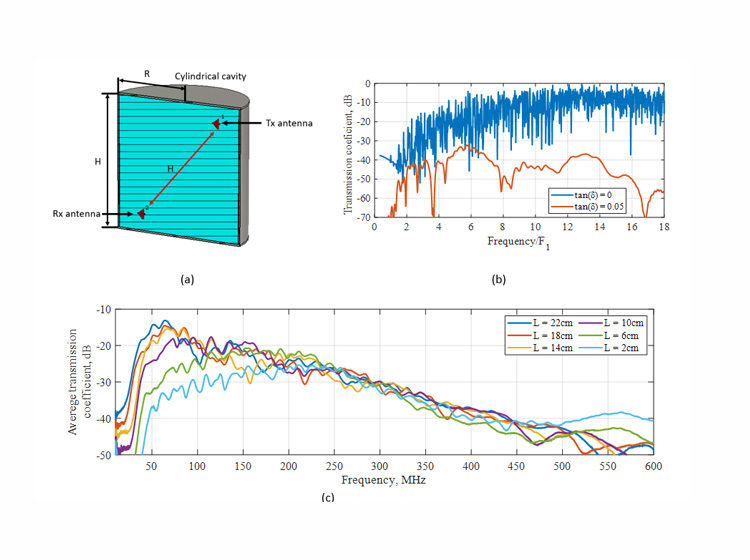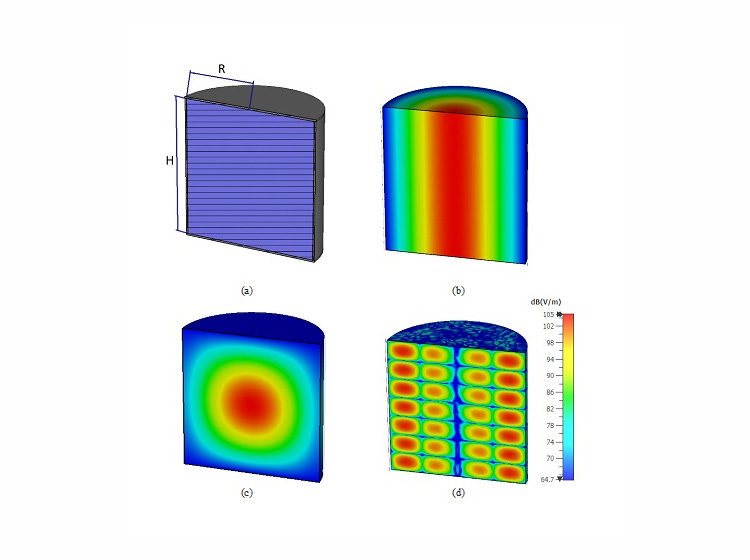The coplanar waveguide (CPW) and the microstrip line are the two most commonly used transmission lines in millimeter and sub-millimeter wave circuits since they are compact and easy to fabricate. The width of the ground conductors of the CPW is always finite in practice, in which case the structure is sometimes referred to as Finite Ground CPW (FGCPW). Highly integrated microwave circuits often comprise a combination of CPW and microstrip lines, thus requiring suitable low-loss interconnections (transitions) between these two lines.
In this paper a novel wideband vertical transition for connecting the coplanar waveguide (CPW) to the microstrip line is proposed. This transition is very useful for millimeter-wave packaging and vertical interconnects. It is multilayered, partly tapered, and consists of only one via interconnect. Two different transitions are designed. The first transition allows connectivity of a CPW with Zc=50 Ω to a microstrip line with Zc=16 Ω with a bandwidth of 10–60 GHz. The second transition has the same characteristic impedance, Zc=50 Ω , at the two ports. In this case, the operating frequency is from 40 MHz to 60 GHz. The return losses of both transitions are generally lower than 10 dB over their indicated frequency ranges, while the maximum measured insertion losses are 1.8 and 2.4 dB for the first and second transition, respectively. To extract the S-parameters of the transitions, a new Thru-Line (TL) technique, based on the standard Thru-Reflect-Line (TRL) two-tier calibration is introduced. It is mathematically proven that the new TL technique yields identical results as the TRL technique, however it obviates the need for the Reflect standard as required by the TRL technique, resulting in a greater measurement accuracy as the number of potential sources of error is reduced. Simulation and experimental results, showing good agreement, are presented and discussed.




Leave a Reply